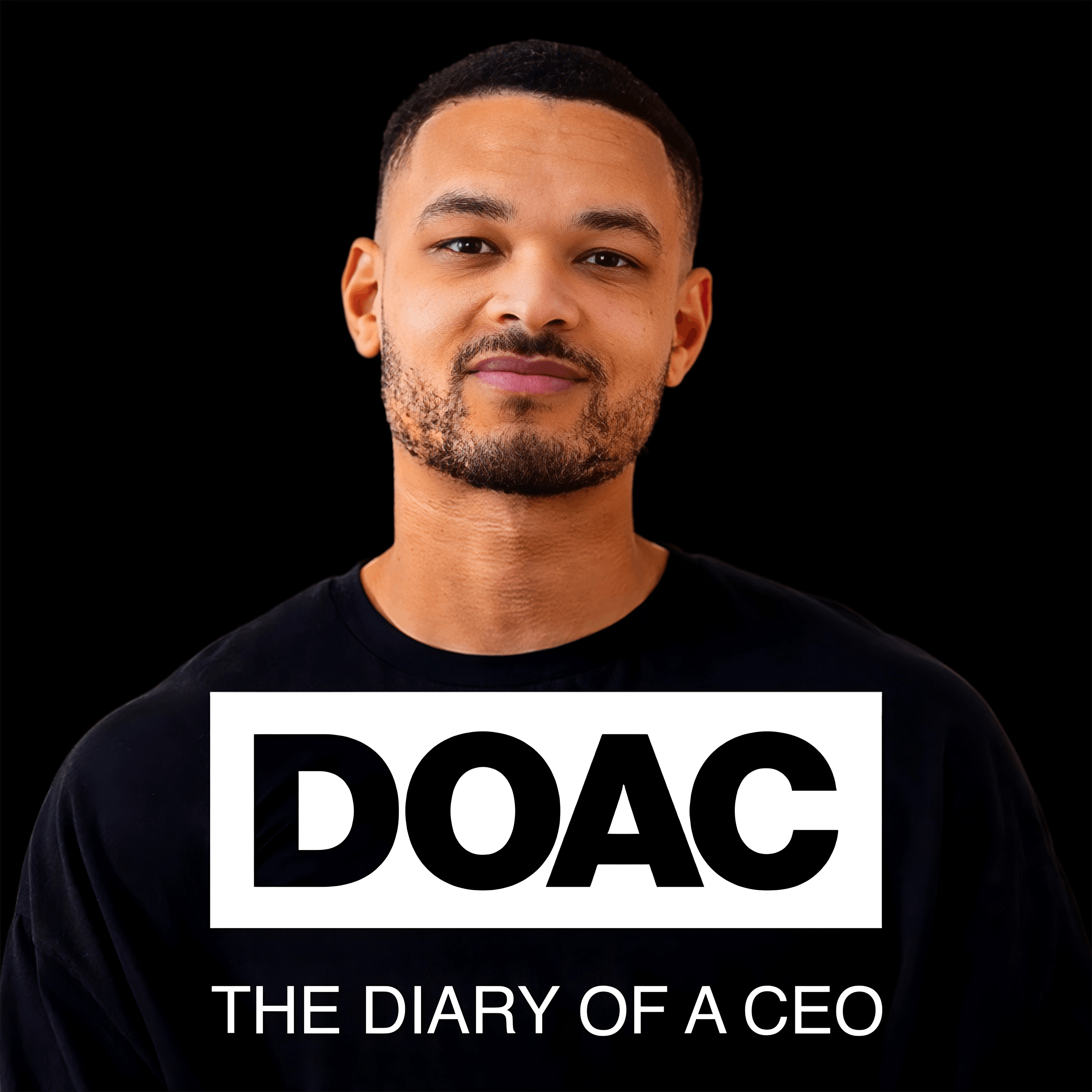
Heliox: Where Evidence Meets Empathy 🇨🇦
Join our hosts as they break down complex data into understandable insights, providing you with the knowledge to navigate our rapidly changing world. Tune in for a thoughtful, evidence-based discussion that bridges expert analysis with real-world implications, an SCZoomers Podcast
Independent, moderated, timely, deep, gentle, clinical, global, and community conversations about things that matter. Breathe Easy, we go deep and lightly surface the big ideas.
Curated, independent, moderated, timely, deep, gentle, evidenced-based, clinical & community information regarding COVID-19. Since 2017, it has focused on Covid since Feb 2020, with Multiple Stores per day, hence a sizeable searchable base of stories to date. More than 4000 stories on COVID-19 alone. Hundreds of stories on Climate Change.
Zoomers of the Sunshine Coast is a news organization with the advantages of deeply rooted connections within our local community, combined with a provincial, national and global following and exposure. In written form, audio, and video, we provide evidence-based and referenced stories interspersed with curated commentary, satire and humour. We reference where our stories come from and who wrote, published, and even inspired them. Using a social media platform means we have a much higher degree of interaction with our readers than conventional media and provides a significant amplification effect, positively. We expect the same courtesy of other media referencing our stories.
Heliox: Where Evidence Meets Empathy 🇨🇦
Social Thermodynamics: The Physics of Inequality
Another team of researchers traced the origins of inequality using what they call the "Energy Hierarchy Inequality Hypothesis." They discovered that inequality isn't just a side effect of human greed—it's the predictable result of an ancient algorithm we've been unconsciously following for thousands of years.
The algorithm works like this:
- More energy per person → Larger institutions
- Larger institutions → Deeper hierarchies
- Deeper hierarchies → Exponential concentration of power
- Concentrated power → Massive inequality
This isn't opinion. It's mathematics. And it's been running in the background of human civilization since we invented agriculture.
For hundreds of thousands of years, our hunter-gatherer ancestors lived in egalitarian groups. Not because they were morally superior, but because the energy equation made hierarchy unstable. There simply wasn't enough surplus energy to support permanent power structures.
References:
Energy, hierarchy and the origin of inequality
Thermodynamics 2.0: Bridging the natural and social sciences
This is Heliox: Where Evidence Meets Empathy
Independent, moderated, timely, deep, gentle, clinical, global, and community conversations about things that matter. Breathe Easy, we go deep and lightly surface the big ideas.
Thanks for listening today!
Four recurring narratives underlie every episode: boundary dissolution, adaptive complexity, embodied knowledge, and quantum-like uncertainty. These aren’t just philosophical musings but frameworks for understanding our modern world.
We hope you continue exploring our other podcasts, responding to the content, and checking out our related articles on the Heliox Podcast on Substack.
About SCZoomers:
https://www.facebook.com/groups/1632045180447285
https://x.com/SCZoomers
https://mstdn.ca/@SCZoomers
https://bsky.app/profile/safety.bsky.app
Spoken word, short and sweet, with rhythm and a catchy beat.
http://tinyurl.com/stonefolksongs
Curated, independent, moderated, timely, deep, gentle, evidenced-based, clinical & community information regarding COVID-19. Since 2017, it has focused on Covid since Feb 2020, with Multiple Stores per day, hence a large searchable base of stories to date. More than 4000 stories on COVID-19 alone. Hundreds of stories on Climate Change.
Zoomers of the Sunshine Coast is a news organization with the advantages of deeply rooted connections within our local community, combined with a provincial, national and global following and exposure. In written form, audio, and video, we provide evidence-based and referenced stories interspersed with curated commentary, satire and humour. We reference where our stories come from and who wrote, published, and even inspired them. Using a social media platform means we have a much higher degree of interaction with our readers than conventional media and provides a significant amplification effect, positively. We expect the same courtesy of other media referencing our stories.
This is Heliox, where evidence meets empathy. Independent, moderated, timely, deep, gentle, clinical, global, and community conversations about things that matter. Breathe easy, we go deep and lightly surface the big ideas.
Speaker 2:Welcome to the Deep Dive. Today, we're plunging into a, well, a truly audacious idea. What if the fundamental laws that govern the physical universe, you know, things like galaxies swirling or water boiling, what if those same laws also hold the keys to understanding human society, economic booms, even where inequality comes from?
Speaker 1:It does sound a bit like science fiction, doesn't it? But that's the core of this emerging field, social thermodynamics.
Speaker 2:Exactly. So our mission today is to explore thermodynamics 2.0. It's this bold attempt to bridge the natural and the social sciences.
Speaker 1:Right. We're going to look at how concepts like energy, entropy, power stuff, usually in physics books, are being applied to figure out the complex dynamics of human systems.
Speaker 2:And this isn't just theory for theory's sake, right? It seems to offer a shortcut to some really profound aha moments about how we evolved, how we interact.
Speaker 1:It does. And for this deep dive, we're drawing on some pretty groundbreaking research. There's a key theme issue in Philosophical Transactions A called Thermodynamics 2.0, and also a really intriguing paper from PLS1 on energy, hierarchy, and the origin of inequality.
Speaker 2:So get ready to maybe see the world through a new lens, where the patterns of the universe might just mirror the patterns in your daily life in our society. Okay, so let's start unpacking this, this core idea. thermodynamics isn't just for physicists it's being called a universal science what does that really mean yeah and why now why is this gaining traction well it's fascinating when
Speaker 1:you look back historically for centuries we've kept things pretty separate right natural sciences
Speaker 2:studying matter social sciences studying life yeah the classic divide exactly but you had thinkers
Speaker 1:even someone like einstein hinting that thermodynamics was maybe bigger more fundamental He apparently believed its laws would never be overthrown. So Thermodynamics 2.0 is really trying to unify these fields under one big theory using that common language. Energy, entropy, power. It's about knocking down those old academic walls.
Speaker 2:A unified science.
Speaker 1:Yeah.
Speaker 2:Sounds huge. But how do human societies, complex, messy, unpredictable sometimes, how do they fit into these like physical laws?
Speaker 1:That's a really important question. We can think about systems as being closed or open. Human societies were definitely open systems, meaning we're constantly swapping energy and matter with our surroundings. Think about concepts like cosmic evolution, this idea that describes self-organization all the way from the Big Bang to us to complex societies. Thermodynamics helps explain how these open systems can actually structure themselves, how they evolve, become more complex over time. It's a way to see the whole forest, the big picture of society, not just the individual trees, looking at those macro patterns.
Speaker 2:I see. But I've often heard thermodynamics dismissed as just, you know, energy accounting.
Speaker 1:Yeah.
Speaker 2:Bookkeeping. This sounds like it's telling a much deeper story about change, about evolution.
Speaker 1:Absolutely. That's a common misconception that it can't tell us about the how or the why of change. But if you bring in the concept of power, which is just the rate energy changes, then suddenly you've got time, you've got dynamics in the mix. And this whole field, sometimes it's called the physics of life, it's getting real support, trying to apply these principles directly to life, to social systems. The goal is this more unified way of understanding human knowledge using energy, entropy, information as the basic building blocks.
Speaker 2:Okay, this is where it gets really interesting for me. If thermodynamics is this universal language, how do we actually translate its laws into terms that make sense for society, for economics? Like what on earth is social entropy or social temperature?
Speaker 1:Right. It's a pretty radical translation. They're basically taking the core laws, zeroth, first, second, third, and mapping them onto society.
Speaker 2:Give me an example. The first law.
Speaker 1:The first law, energy conservation. It implies that if you had a totally isolated society, which doesn't really exist, but theoretically it's social internal energy, would stay constant. Kind of abstract, maybe.
Speaker 2:A bit, yeah. What about the others?
Speaker 1:The zeroth law introduces social temperature. Think of it like how energized or maybe how liberalized a society is. Specifically, how much social energy it gains when it opens up.
Speaker 2:So like a measure of openness or dynamism?
Speaker 1:Kind of. And just like heat spreads out, this social temperature suggests societies might naturally move towards some kind of equilibrium in their level of, say, freedom or interaction.
Speaker 2:And the second law. That's the famous entropy one.
Speaker 1:Yes. And this is maybe the most profound translation. Social entropy is interpreted as, get this, dimensionless freedom.
Speaker 2:Freedom. How?
Speaker 1:Well, in physics, high entropy means a system has lots of possible ways it can be arranged, right? A kind of freedom of states. applied to society, high social entropy means a state where choices are widespread, maybe equally probable, think of a very vibrant democracy, lots of free will.
Speaker 2:Wow. So our desire for liberty, for freedom. That's just the second law at work in human systems.
Speaker 1:That's the argument. That the historical striving for liberty is society naturally trying to increase its social entropy, pushing towards more openness. You could even try to measure it, maybe compare countries using things like press freedom indexes. That's mind-blowing. And the third law, simpler. It just says social temperature can't be absolute zero. There's always some level of social energy or activity.
Speaker 2:Okay, so if freedom is entropy, how does this connect to economics? Money, prices, migration?
Speaker 1:It connects surprisingly neatly according to this framework. You can define things like economic volume, that's your material assets, and price pressure, sort of the energy cost of growing the economy.
Speaker 3:Okay.
Speaker 1:And then there's exploitation, which is framed kind of like chemical potential. It measures how much a person contributes to the overall social energy. Money, in this view, is just the unit we use for these things. And fundamental thermodynamic relations, like the Gibbs-Duham equation, are used to make predictions. For instance, that exploitation increases with inflation or when social temperature decreases.
Speaker 2:So that could explain migration.
Speaker 1:Potentially, yes. People might move to areas with lower exploitation. Think about the U.S., maybe high exploitation in some ways, but perhaps compensated by a high social reward, you know, freedom, opportunity, attracting immigrants.
Speaker 2:While companies move production for lower price pressure.
Speaker 1:Exactly. Lower costs.
Speaker 2:And political systems. You mentioned democracies versus totalitarian regimes. How does that fit?
Speaker 1:The model suggests social heat. Think of it as influence or maybe unrest flows from hotter, more democratic countries to cooler, more totalitarian ones.
Speaker 2:So autocratic regimes are trying to cool things down.
Speaker 1:Essentially, yes. They try to suppress social entropy, suppress that freedom, because they're almost existentially afraid of social heating, afraid of that liberating influence. They build borders, censorship, restricting movement, trying to keep their system isolated, thermodynamically speaking.
Speaker 2:It's a completely different way to frame geopolitics. Now, I read they're even using specific physics equations, like the Van der Waals equation for gases, to model society, this sociophysics model. What does it tell us about capitalism and communism?
Speaker 1:Yeah, that's taking it even further. The idea is society itself has an equation of state, like a gas or liquid. The Van der Waals equation famously predicts a critical point.
Speaker 2:Right.
Speaker 1:Above that critical social temperature, the model says you get a Marx communist society, a state where society can't really separate into distinct rich and poor classes. It's too mixed, too energetic.
Speaker 2:And below that critical point.
Speaker 1:Below it, you get capitalist society. It separates into two phases, like a liquid condensing from a gas. You have the condensed liquid phase, the poor, the proletariat with low economic resources per person, and the dilute gas phase, the rich, the bourgeoisie, who are seen as individualists pursuing larger freedom via wealth.
Speaker 2:Wow, like liquid and gas.
Speaker 1:Exactly. And for there to be social peace or equilibrium, the model says both phases need to have the same social temperature, price pressure, and level exploitation.
Speaker 2:Can this model actually analyze, say, the U.S. today?
Speaker 1:Well, the researchers applied it to U.S. data. They noted that in 2022, the bottom 50% held only about 2.5% of the net worth. Based on that kind of data, the model estimated the U.S. is currently about 40% below its critical temperature.
Speaker 2:So firmly in the capitalist two-phase region.
Speaker 1:According to the model, yes. And here's the really provocative part. Looking at historical inflation, averaging around 3.3% per year, The initial model predicted that if inflation stayed that high, Marx communism is expected to come in the USA at the end of the 21st century.
Speaker 2:Whoa, that's a massive claim.
Speaker 1:It is. Now, it's crucial to add that later refinements of the model using different equations suggest that outcome might be postponed and that inflation might actually fall towards a healthier level, maybe 2%, as society approaches that critical point. In this revised view, freeing up the proletariat actually fuels economic expansion.
Speaker 2:So it's not necessarily predicting some violent revolution.
Speaker 1:That's a really key distinction the model makes. It suggests the transition at the critical point from capitalism to communism would be what physicists call a second order phase transition, meaning smoother. Not like boiling water, which is first order and involves a sudden jump and release of energy, latent heat. This transition wouldn't have latent social heat or destructive entropic jumps.
Speaker 2:So more evolution than revolution.
Speaker 1:Exactly. It aligns more with Marx's evolutionary view, apparently, not Lenin's revolutionary one. It even interprets things like the collapse of the Soviet bloc differently than, say, China's transition. Awesome. The Soviet collapse is framed as a rapid spinodal decomposition, like a system breaking apart suddenly, whereas China and Russia's shifts were smoother, more like nucleation.
Speaker 2:Okay. And the model suggests this future state would restore social peace.
Speaker 1:Yes, by eliminating that two-phase division, it points to Switzerland with its strong local control as maybe a modern approximation. It even makes comments about philanthropy being a kind of prototype of communist free will taxation versus compulsory taxes being a source of corruption. These are interpretations within the model, of course.
Speaker 2:Of course. And artificial intelligence. Does AI fit into this picture?
Speaker 1:It absolutely does. The theory suggests AI's expansion is creating a new, powerful AI proletariat, one that's reproducing very quickly.
Speaker 2:An AI proletariat.
Speaker 1:And critically, the model says social entropy distinguishes AI from machines because AI can have more freedom or unpredictability. The implication is that AI will dramatically accelerate the onset of AI communist society. And the paper suggests it's probably better this happens with humans still around rather than without.
Speaker 2:This whole perspective seems to flip the common understanding of entropy on its head.
Speaker 1:It really does. We usually think of entropy as decay, disorder, the universe running down this destructive demon.
Speaker 2:Right, chaos.
Speaker 1:But this framework reframes entropy, especially in open systems like society, as useful freedom. The drive to increase entropy isn't about creating chaos. It's about searching for more freedom, more possibilities. Disorder is just a side effect, an artifact of that great liberalization.
Speaker 2:So increasing freedom doesn't have to mean collapse.
Speaker 1:Not necessarily for an open system. The model actually predicts a continuous decrease in something called social Gibbs free energy over time, suggesting that rational liberalization, increasing freedom wisely, could actually drive population growth and societal strength.
Speaker 2:Okay, that's a huge shift in thinking. Let's pivot slightly now. We've seen how these thermodynamic ideas might apply to society and economics. How does this connect to that fundamental puzzle, the origin of inequality? We know humans were pretty egalitarian for a long, long time. What changed?
Speaker 1:This is where the second paper we looked at comes in with the Energy Hierarchy Inequality Hypothesis or EHI hypothesis.
Speaker 2:EHI, okay.
Speaker 1:It proposes a new way to look for clues, like using DNA to trace evolution. It suggests the institutional DNA of modern societies, how we organize ourselves, holds the key.
Speaker 2:Institutional DNA.
Speaker 1:Yeah, the idea is we can understand the origin of inequality by looking closely at modern trends and then basically running the clock backwards.
Speaker 2:And what are those key modern trends?
Speaker 1:The core links are societies that use more energy tend to have bigger, more hierarchical institutions. And within those hierarchies, income shoots up really fast as you go up the ranks.
Speaker 2:Okay, let's break that down. First, energy and the size of organizations.
Speaker 1:The EHI hypothesis starts with a strong correlation observed today. Institution size is strongly correlated with energy use per capita.
Speaker 2:So more energy available per person, bigger companies, bigger governments.
Speaker 1:Pretty much. Look at businesses. As energy use per person goes up, the average firm size increases. And it's not just more small firms popping up. It's that the really big firms become much more common. It follows a power law pattern.
Speaker 2:OK, more energy, bigger institutions. How does size link to hierarchy?
Speaker 1:Well, a hypothesis argues that virtually all human institutions are hierarchically organized. You know, the classic pyramid structure, the chain of command. And as institutions get bigger, they tend to add more layers, more ranks. But at a sort of logarithmic rate, it takes bigger jumps in size to add a new layer at the top. We see this pattern everywhere, from modern companies to ancient empires, even in some hunter-gatherer group structures.
Speaker 2:So bigger institutions inherently mean deeper hierarchies?
Speaker 1:Essentially, yes. The growth of institutions is the growth of hierarchy in this view.
Speaker 2:Okay. Energy leads to bigger institutions, which means more hierarchy. How does that translate directly into income inequality?
Speaker 1:This is linked to what they call hierarchical power. In the kind of branching hierarchies humans typically form, the number of people below you grows exponentially as you move up ranks.
Speaker 2:Makes sense. The base is wider than the top.
Speaker 1:Right. So if income is tied to your power over subordinates, and they define that power simply as one plus the number of people directly or indirectly below you, then income should also increase exponentially with rank.
Speaker 2:Because the number of subordinates explodes as you go up.
Speaker 1:Exactly. And they found evidence for this in case studies of firms, a strong correlation between the average income at a rank and the average hierarchical power at that rank.
Speaker 2:So as hierarchies get bigger and deeper.
Speaker 1:That hierarchical power gets more and more concentrated at the top. This leads to a really nonlinear jump in inequality. The model predicts it should explode and then plateau.
Speaker 2:Explode and plateau. OK, so what does this model tracing things backward predict about when inequality actually started?
Speaker 1:By running these trends in reverse, the model makes some key predictions about the past. First, it predicts hierarchy vanishes at metabolic levels of energy use. Meaning, in societies living just on the energy from food, like hunter-gatherers, you wouldn't expect stable hierarchies or significant inequality. It should basically collapse.
Speaker 2:Consistent with what we think we know about hunter-gatherers. What else?
Speaker 1:Second, it predicts inequality explodes during the transition to agriculture. That's when energy availability starts to climb beyond just foraging. Third, the potential range of inequality, the inequality space, gets much bigger as energy use increases.
Speaker 2:And fourth.
Speaker 1:Fourth, perhaps counterintuitively, it predicts that once you get beyond basic agrarian energy levels, further increases in energy use might have little effect on inequality because that concentration of power starts to plateau.
Speaker 2:How well do these predictions match the historical and archaeological record?
Speaker 1:Pretty well, actually, for the early stages. The predictions about hunter-gatherers and the explosion with agriculture seem consistent with the available evidence. Things like variations in house sizes found in archaeological digs or data from pre-industrial societies.
Speaker 2:But what about more recent times? Industrial societies?
Speaker 1:That's where it gets more complicated. While the model's predictions are sort of within the range of inequality we see today, it doesn't on its own predict the decrease in inequality that some data suggests happened in many developed countries during parts of the 20th century.
Speaker 2:Ah, right. The famous Kuznets curve the idea that inequality first rises with development, then falls. The model explains the rise, but not the fall.
Speaker 1:Exactly. It predicts the initial explosion and plateau, but not that potential downturn.
Speaker 2:So what does the model suggest is missing? How does it account for the Kuznets curve?
Speaker 1:This leads to a really fascinating inference. To make the model fit the observed Kuznets curve, the researchers had to assume something else was changing. Specifically, a decline of hierarchical despotism.
Speaker 2:Hierarchical despotism.
Speaker 1:Yeah, they define a parameter in their model, basically how strongly income scales with hierarchical power, and they interpret that parameter as an index of hierarchical despotism. how effectively elites can convert their position into resources. To match the data where inequality falls despite high energy use, this despotism index has to decline. It implies that while hierarchy inherently concentrates power, societies also develop countermechanisms, checks on power.
Speaker 2:Like what?
Speaker 1:Things like the rule of law, democracy, labor unions. These institutions limit the ability of those at the top to just monopolize everything. They point to examples like CEOs in regulated industries earning less or lower pay scales in the public sector compared to private.
Speaker 2:So the raw physics or energy side pushes inequality up via hierarchy, but social and political structures can push back down.
Speaker 1:That seems to be the implication. It's not just about energy and structure. It's also about the rules and norms governing how power within that structure is used.
Speaker 2:Which brings us back to a fundamental question. If hierarchy leads so strongly to inequality and potential despotism, Why did humans, who started out egalitarian, even adopt it? Why organize in ways that create these disparities?
Speaker 1:That's the million-dollar question, isn't it? The paper suggests it's likely a double-edged sword. There must have been both a functional advantage and probably some element of coercion.
Speaker 2:That's the functional advantage.
Speaker 1:Coordination. Hierarchy allows larger groups to coordinate effectively, which is crucial for harnessing more energy, whether that's for large-scale agriculture, building projects, or warfare. It provides a competitive edge.
Speaker 2:It lets us get past our natural limits on group size, like Dunbar's number.
Speaker 1:Precisely. Hierarchy sidesteps those biological limits, allowing much larger, more complex societies. This creates a kind of positive feedback loop. More energy allows bigger hierarchies, which allow for capturing even more energy.
Speaker 2:The energy hierarchy feedback loop.
Speaker 1:Right. But the flip side is the despotism. Those at the top almost inevitably used their power for personal gain, creating inequality. Hunter-gatherers likely actively suppressed anyone trying to grab power because the benefits of large-scale coordination were minimal for them.
Speaker 2:But agriculture changed the calculation.
Speaker 1:It seems so. The Neolithic Revolution, with its concentrated energy sources from farming, probably dramatically increased the payoff for large-scale coordination. That likely entrenched the energy hierarchy feedback loop, and inequality took root. Interestingly, the model even hints that reducing the despotism, sharing the gains more equally, might actually make the hierarchy itself more stable by increasing the buy-in from lower ranks.
Speaker 2:We've covered an incredible amount of ground today. Taking this journey through social thermodynamics, it really offers some startling new perspectives.
Speaker 1:It definitely does.
Speaker 2:From thinking about our drive for freedom as a manifestation of the second law to these, frankly, dramatic predictions about social phase changes, capitalism, communism, even the role of AI. It does give you a new framework.
Speaker 1:It's a really powerful reminder, I think, that the fundamental laws we see in physics might have a much broader reach than we traditionally thought, offering potentially a coherent way to study humanity itself.
Speaker 2:These ideas of social entropy, social temperature, applying equations like VanderWaal's, it's a bold vision for unifying science.
Speaker 1:It really is. Those aha moments you mentioned earlier, they come from seeing these connections, seeing how energy and structure might underlie so much of our social world, including inequality.
Speaker 2:So here's a final thought for you, our listener. If entropy isn't just about chaos and decay, but maybe represents a drive towards useful freedom, especially in open systems like society. How does that change the way you think about societal progress, about change itself?
Speaker 4:at helioxpodcast.substack.com.
Podcasts we love
Check out these other fine podcasts recommended by us, not an algorithm.

Hidden Brain
Hidden Brain, Shankar Vedantam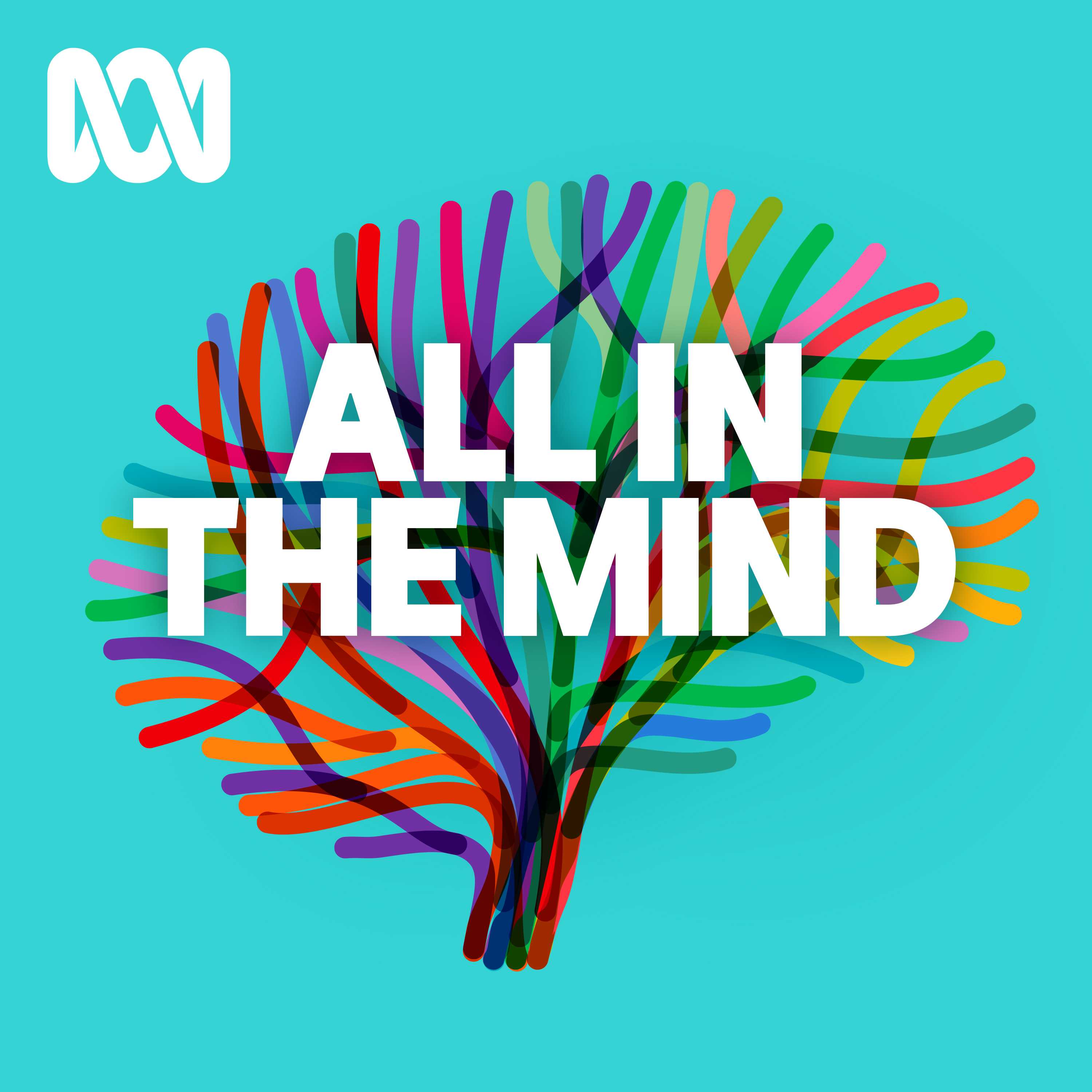
All In The Mind
ABC listen
What Now? with Trevor Noah
Trevor Noah
No Stupid Questions
Freakonomics Radio + Stitcher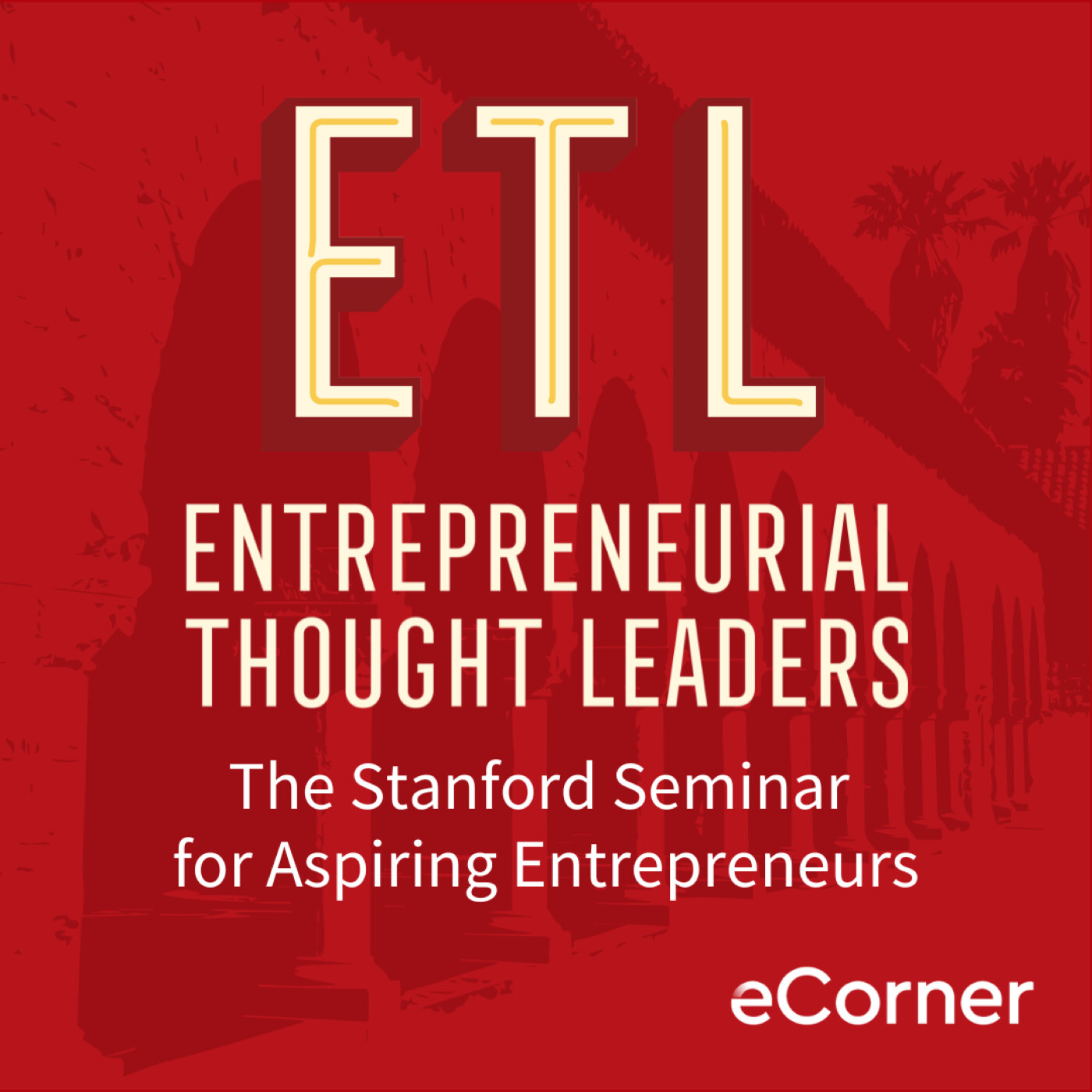
Entrepreneurial Thought Leaders (ETL)
Stanford eCorner
This Is That
CBC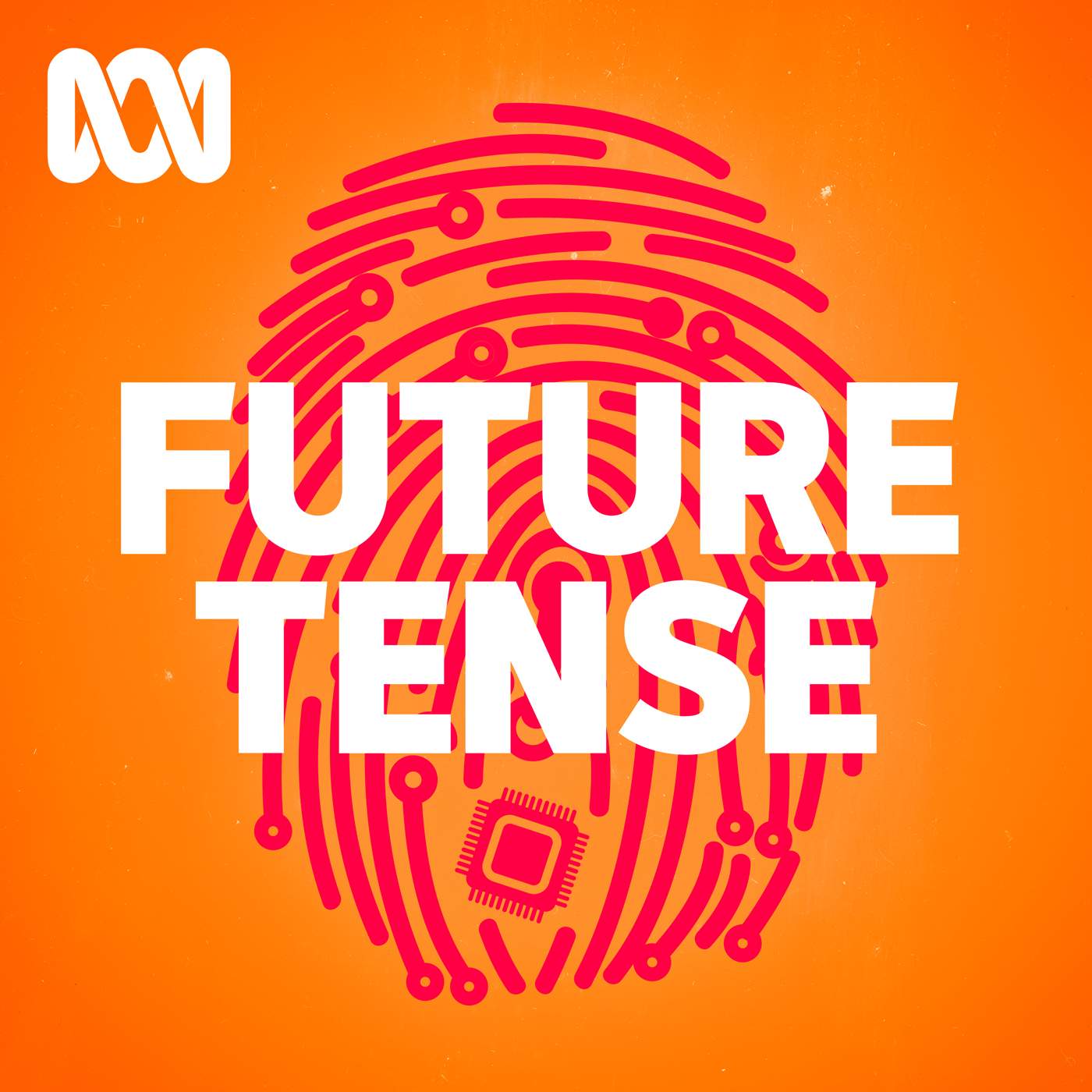
Future Tense
ABC listen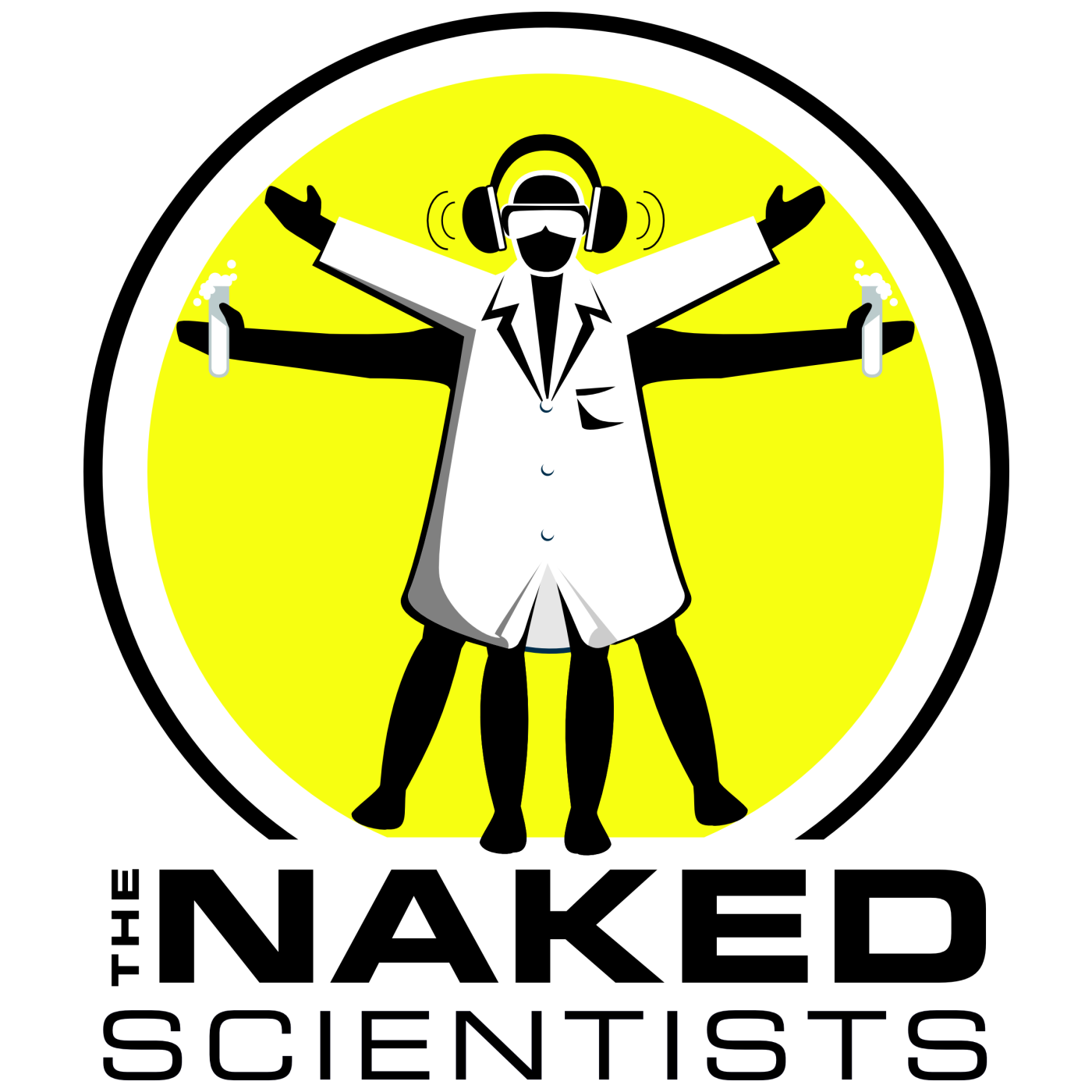
The Naked Scientists Podcast
The Naked Scientists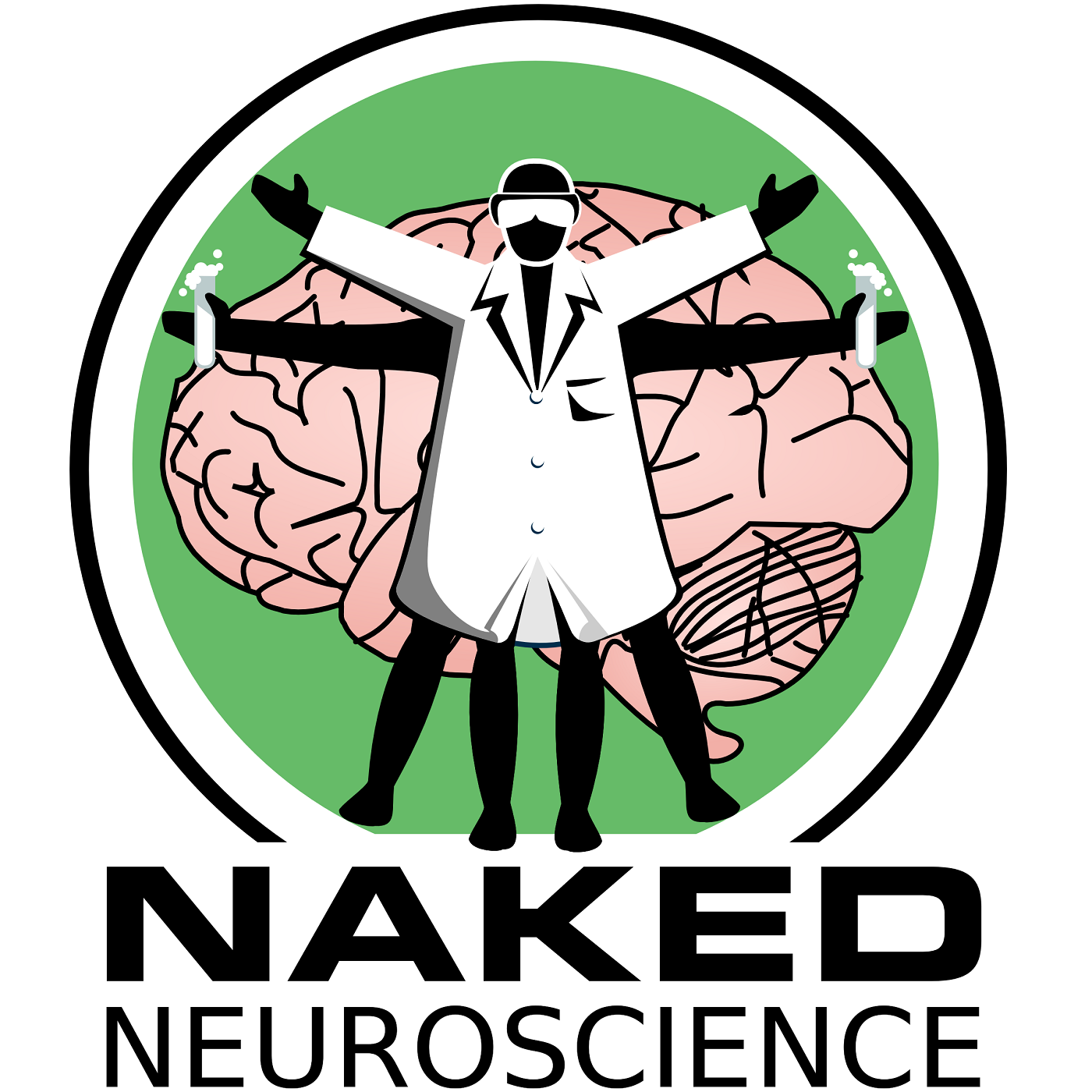
Naked Neuroscience, from the Naked Scientists
James Tytko
The TED AI Show
TED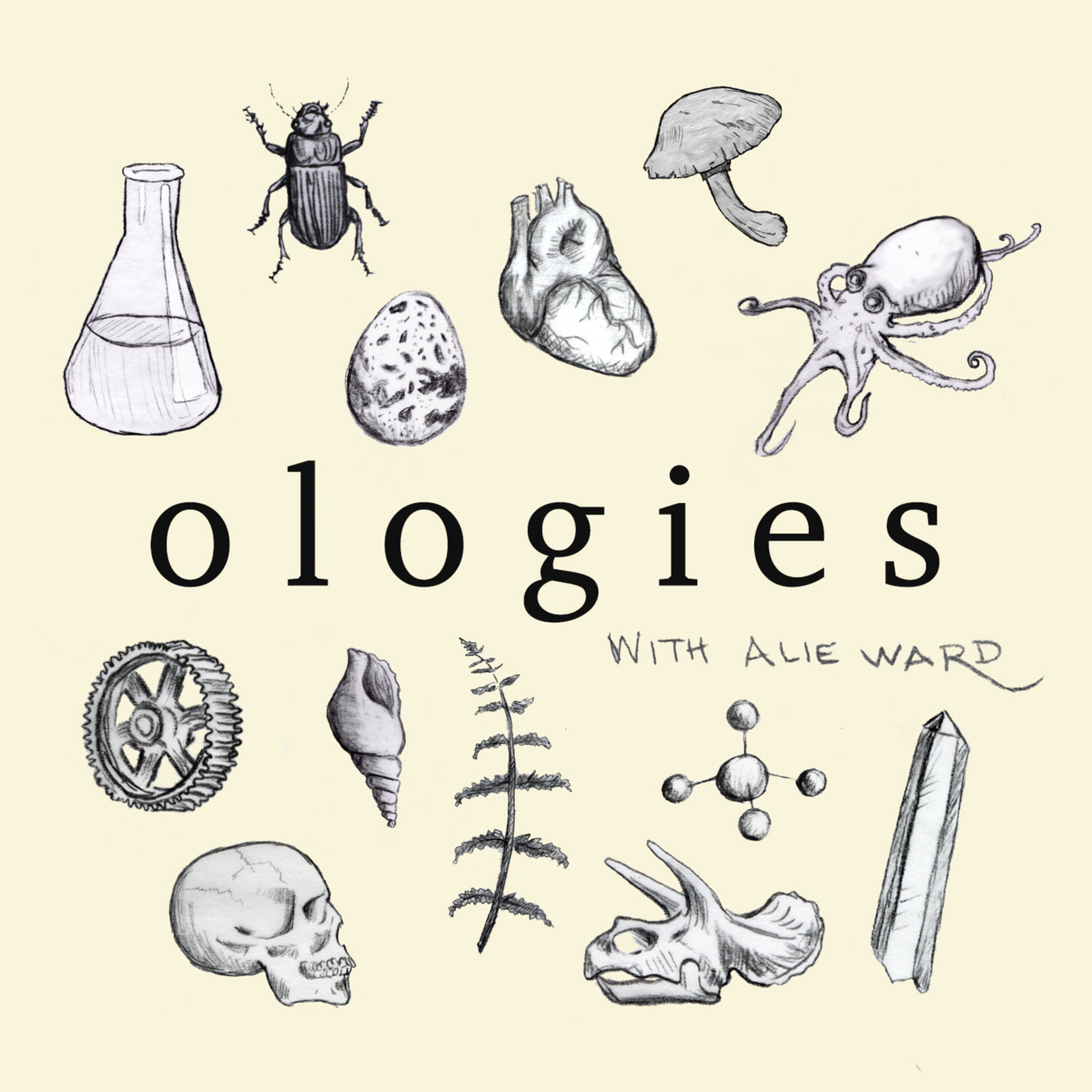
Ologies with Alie Ward
Alie Ward
The Daily
The New York Times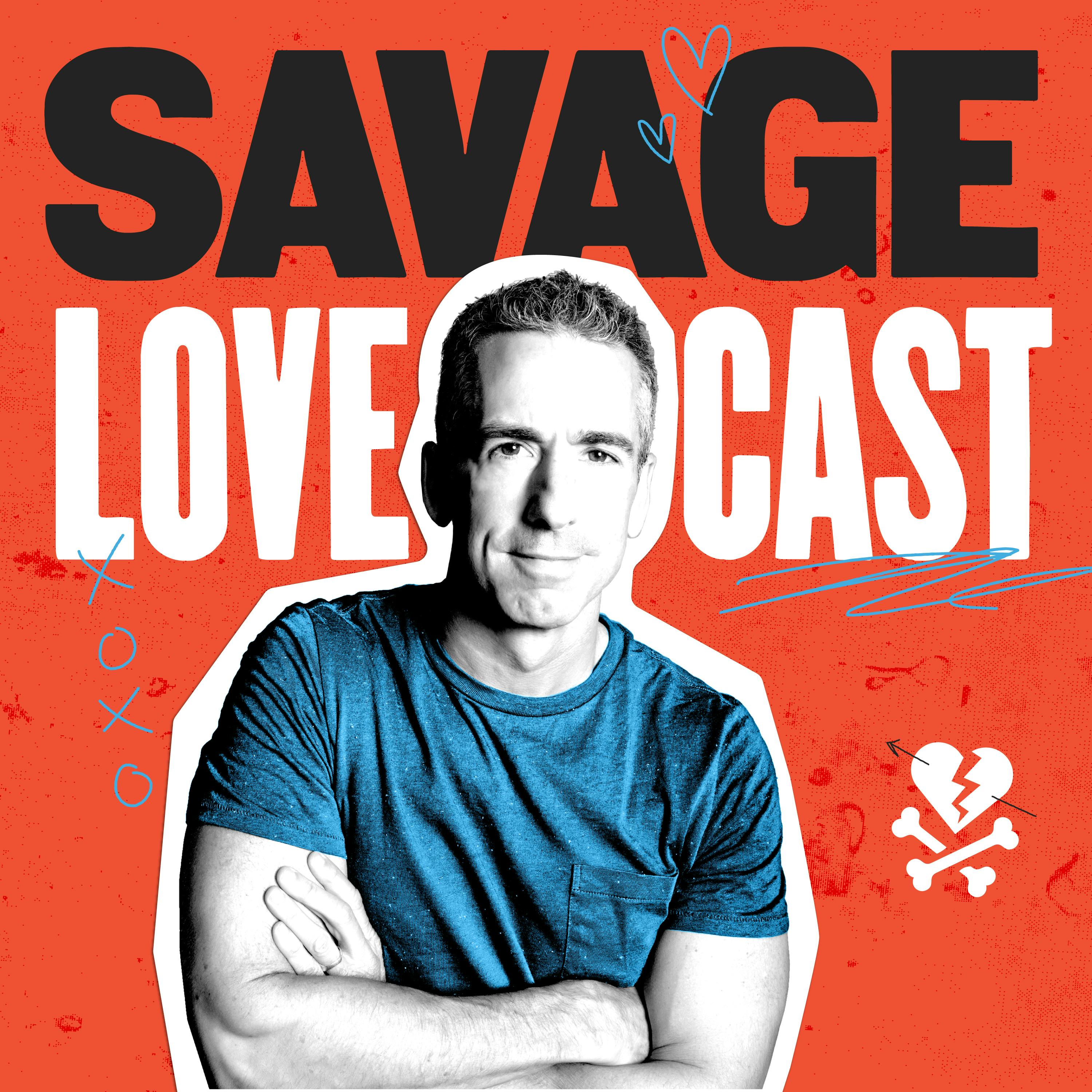
Savage Lovecast
Dan Savage
Huberman Lab
Scicomm Media
Freakonomics Radio
Freakonomics Radio + Stitcher
Ideas
CBCLadies, We Need To Talk
ABC listen
